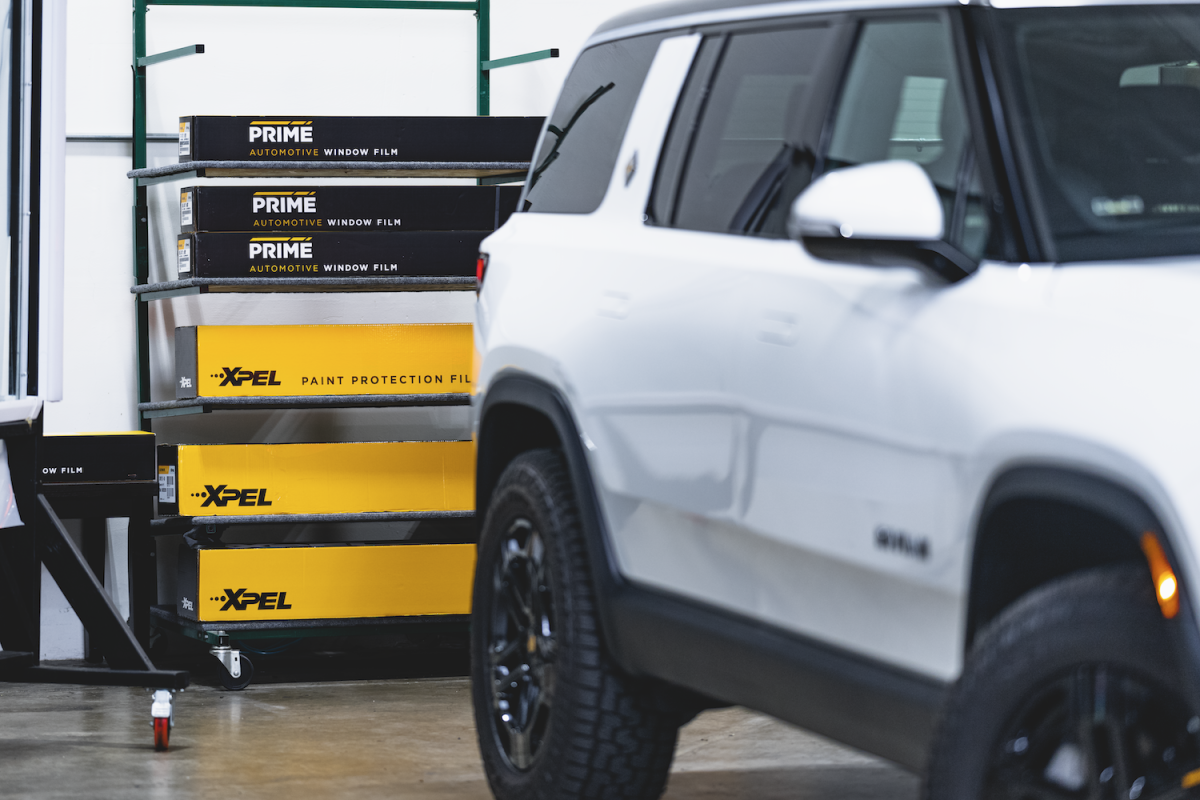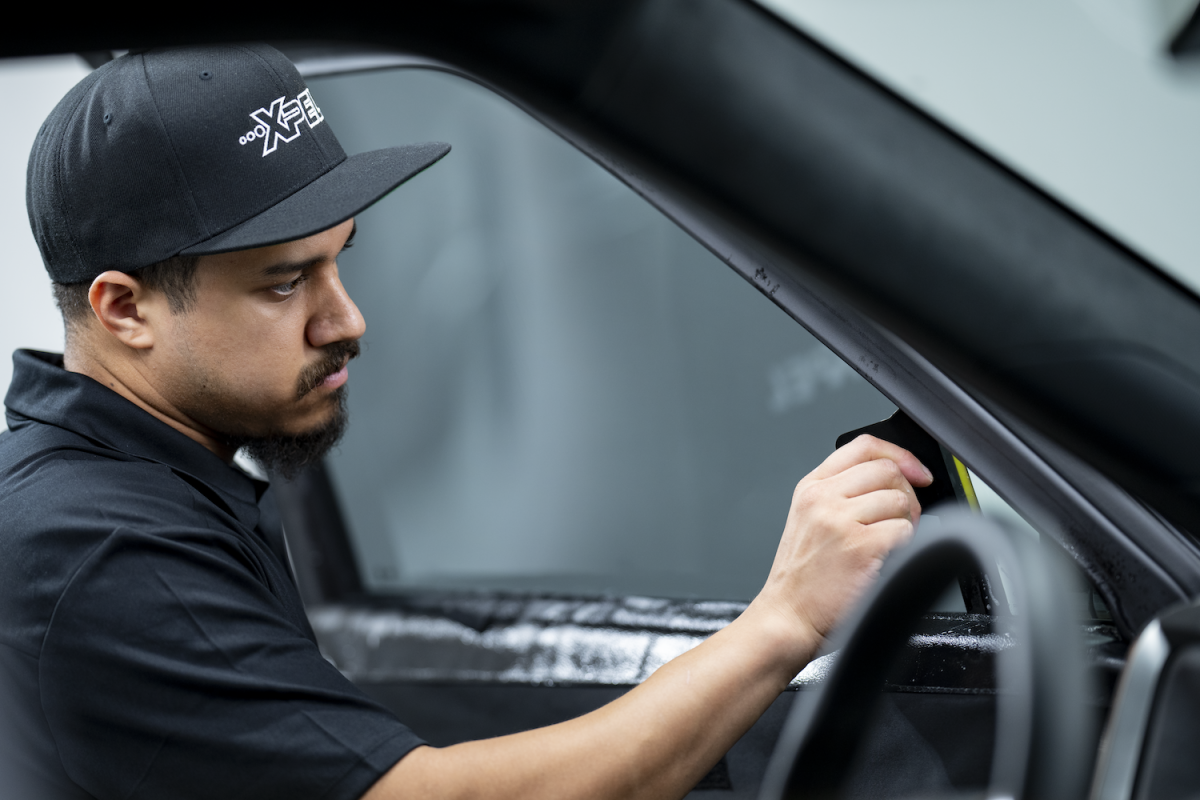Most Car Window Tints Miss UV Protection – XPEL Provides the Solution
Tips for staying cool during hot weather road trips
Ultraviolet rays are always present when driving, with their intensity peaking during the summer season, which raises the likelihood of interior components like leather seats, dashboards, and plastics becoming discolored or cracked. Without adequate window protection, drivers may experience harm to their skin. Standard factory-installed car window tints typically offer limited defense against UV radiation or heat rejection; however, XPEL's window tint effectively reduces heat, blocks 99% of UV rays, and comes in multiple levels, including transparent options.
XPEL's PRIME automotive window film effectively blocks more than 99% of damaging UVA and UVB rays through the use of cutting-edge nano-ceramic technology, which also helps lower solar heat. There's no concern regarding signal disruption, making it ideal for devices such as Bluetooth. The XPEL PRIME XR PLUS nano-ceramic tint comes in various levels including 5, 15, 20, 30, 35, 45, 55, and 70 percent visible light transmission (VLT), where 5 represents the darkest option. Similarly, the PRIME XR BLACK variant offers these same VLT options. For those who desire the most transparent look, the PRIME XR BLUE model provides choices at 70 and 80 percent VLT.

As per XPEL, its window tint allows drivers to experience up to 60% reduced heat within their vehicles. In a new study, XPEL PRIME film caused the interior of a Mazda MX-5 to be 15 degrees colder compared to an untreated, similar car. The XPEL XR and XR+ models block 99% of damaging UV radiation and cut down glare by 95%. With regard to heat reduction, XPEL XR minimizes heat by as much as 64%, whereas XR+ reduces it by up to 70%. This ability to reject heat helps the air conditioner perform better, making it particularly beneficial for increasing the driving range of electric cars. Although some people might favor a lighter color, those who choose a lower VLT or darker film will gain greater privacy. Tint regulations differ locally, so make sure to review your state's guidelines prior to selecting a particular VLT level. However, if you're thinking about a lighter option such as one with a 70 VLT rating, this should generally meet legal requirements for front windshield tints in most areas.
Why Factory Tinted Windows Are Inadequate
It's simple to ignore the advantages of high-quality car window film, yet this oversight can lead to situations such as getting burned by the metal portion of a seatbelt, or running the air conditioner for five to ten minutes just to feel cooler. In addition to being less effective at preventing ultraviolet exposure, original equipment manufacturer (OEM) tint typically doesn't address UV protection properly. Moreover, manufacturers often do not treat the front side windows, sunroof, and windshield, instead only making the rear and back windows darker. Even if you aren't bothered by heat while driving in the summertime, adding window film can help preserve your car's future selling price.

Final thoughts
Many original equipment manufacturer (OEM) tint options expose drivers to ultraviolet radiation and excessive heat throughout the year, with this issue becoming particularly evident in the summertime. XPEL presents a new approach through its PRIME vehicle wrap film which incorporates advanced multi-layer nanoceramic particles. Alongside effectively reducing heat and preventing up to 99% of harmful UV exposure, drivers have the option to pick a transparent hue without compromising on performance. For individuals who value aesthetics along with security, they may opt for a reduced visible light transmission level, achieving a perfect blend between appearance and practicality.

Posting Komentar untuk "Most Car Window Tints Miss UV Protection – XPEL Provides the Solution"
Please Leave a wise comment, Thank you